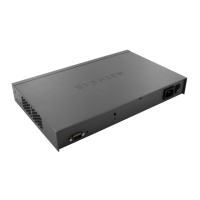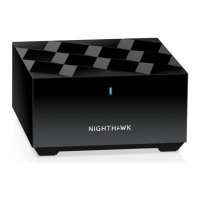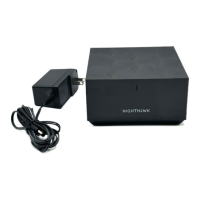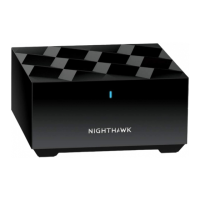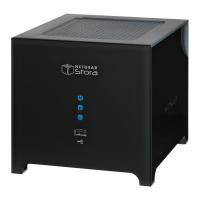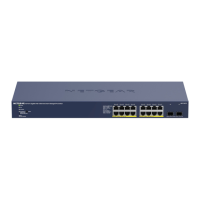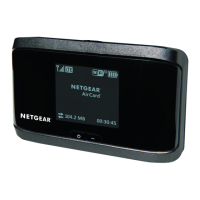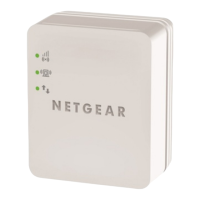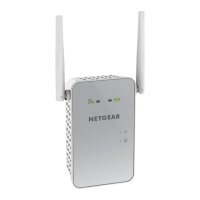Switching Commands
109
M4100 Series ProSAFE Managed Switches
Port-Channel/LAG (802.3ad) Commands
This section describes the commands you use to configure port-channels, which are also
known as link aggregation groups (LAGs). Link aggregation allows you to combine multiple
full-duplex Ethernet links into a single logical link. Network devices treat the aggregation as if
it were a single link, which increases fault tolerance and provides load sharing. The LAG
feature initially load shares traffic based upon the source and destination MAC address.
Assign the port-channel (LAG) VLAN membership after you create a port-channel. If you do
not assign VLAN membership, the port-channel might become a member of the
management VLAN which can result in learning and switching issues.
A port-channel (LAG) interface can be either static or dynamic, but not both. All members of a
port channel must participate in the same protocols.) A static port-channel interface does not
require a partner system to be able to aggregate its member ports.
Note: If you configure the maximum number of dynamic port-channels
(LAGs) that your platform supports, additional port-channels that you
configure are automatically static.
addport
This command adds one port to the port-channel (LAG). The interface is a logical slot/port
number or a group ID of a configured port-channel.
Note: Before adding a port to a port-channel, set the physical mode of the
port. For more information, see speed on page 22.
deleteport (Interface Config)
This command deletes the port from the port-channel (LAG). The interface is a logical
slot/port number or a group ID of a configured port-channel.
Format addport {<logical slot/port> | lag <lag-group-id>}
Mode Interface Config
Format deleteport {<logical slot/port> | lag <lag-group-id>}
Mode Interface Config
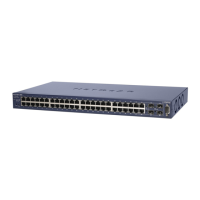
